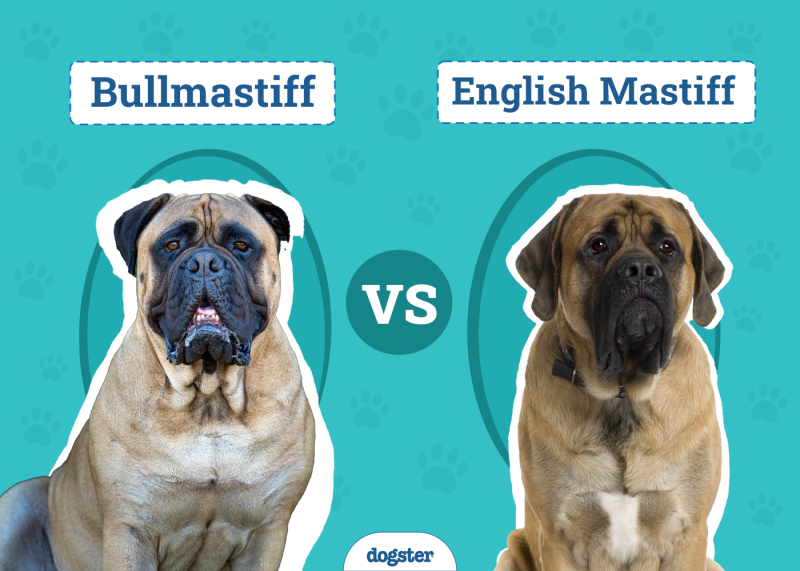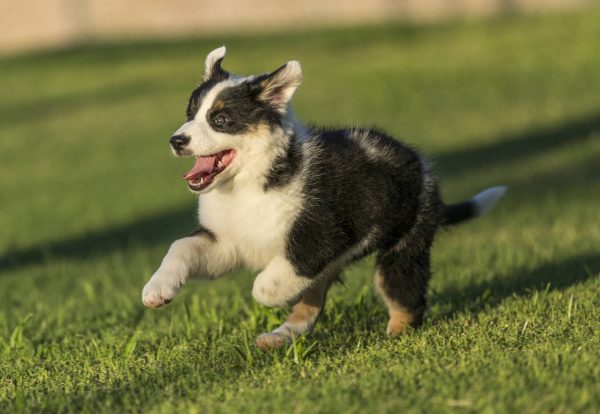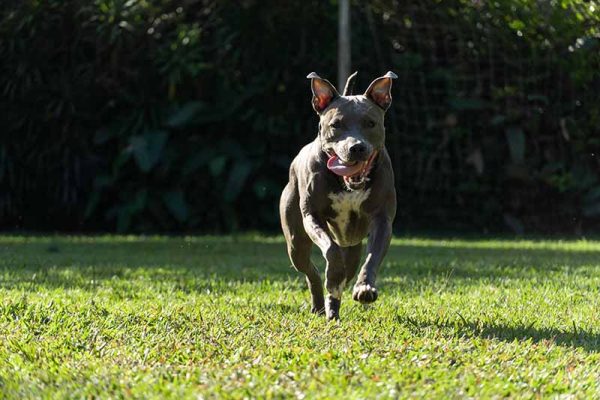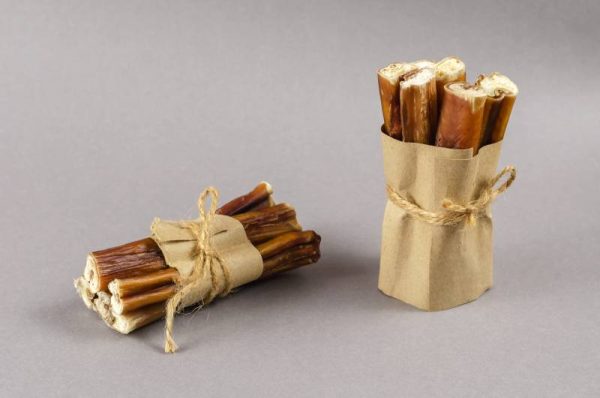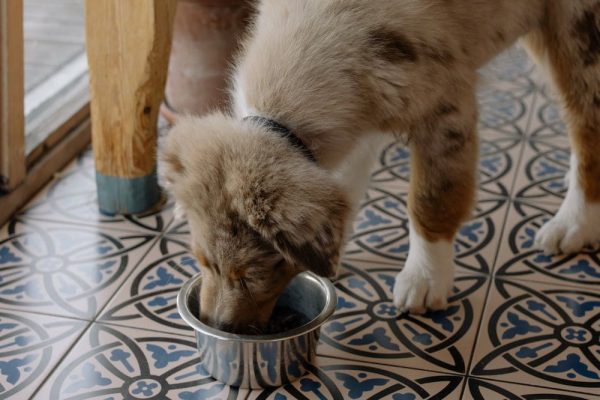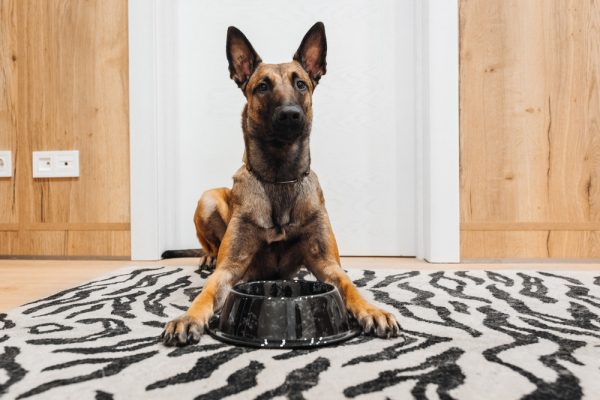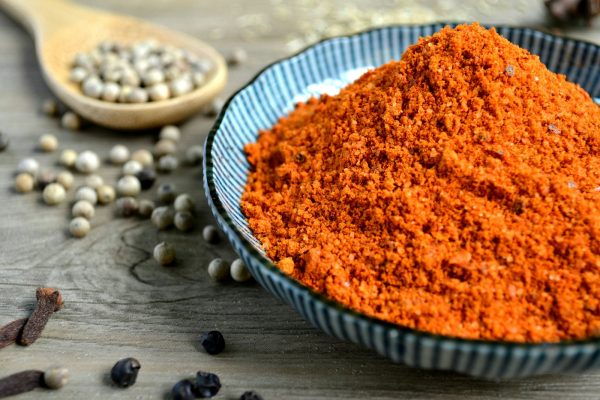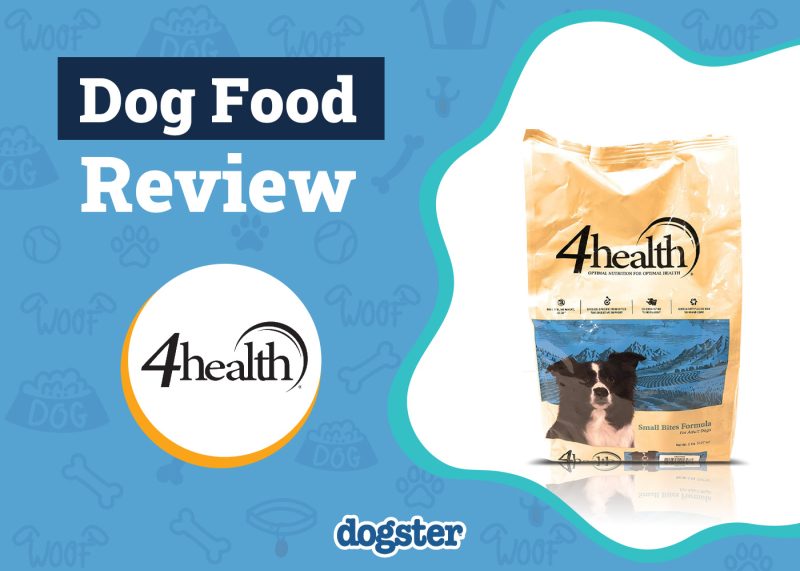Also called the Red Australian Cattle Dog, the Red Heeler is a robust breed that is of medium size. They were originally developed to herd livestock across long distances. There are both red and blue Australian Cattle Dogs, or Heelers, but they’re the same breed—the only difference is the color of their coats. Here, we focus on the Red Heeler and what exactly should be expected when owning such a hardy animal.
Breed Overview
Height:
17–20 inches
Weight:
30–50 pounds
Lifespan:
13–15 years
Colors:
Red
Suitable for:
Active families, singles, apartments, houses
Temperament:
Smart, loving, independent, protective, curious, energetic
The Red Heeler has a short coat that is actually white overall, but since red hair is distributed throughout the coat, the entire body looks red (or at least, reddish) in color. Intelligent and energetic, this breed thrives on a structured yet adventurous lifestyle. The Red Heeler tends to form strong attachments to their human companions and can be territorial when it comes to their beds, toys, and other perceived belongings.
Red Heeler Characteristics

The Earliest Records of the Red Heeler in History
This beautiful dog breed was first bred in Australia sometime in the 1800s. A man named Thomas Hall is credited with having developed the Red Heeler by breeding the Collie and the Australian Dingo together. Back then, the breed was called the Halls Heeler but was eventually transformed into the Red Heeler that we know today.
These dogs played a big role in helping humans herd cattle, sheep, and other livestock for long distances in hot weather conditions. These dogs had hardy physiques that could traverse harsh terrains without stopping for rest often. It was the 1940s when an Australian veterinarian by the name of Alan McNiven decided to export the first Red Heelers to the United States.
A veterinarian named Jack Woolsey based out of California purchased and received these dogs for breeding purposes. In the 1980s, the breed was officially recognized by the American Kennel Club.
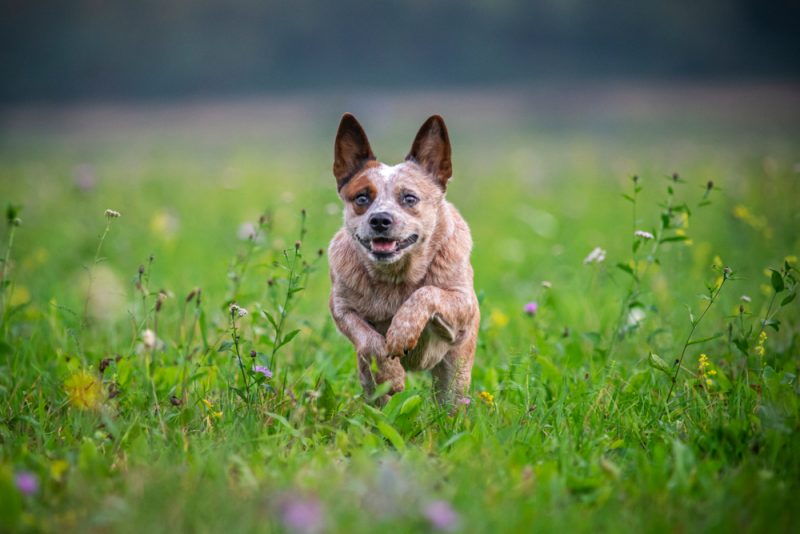
How the Red Heeler Gained Popularity
Red Australian Cattle Dogs gained popularity soon after their inception due to their usefulness in managing livestock, and they are still popular today. Their hardiness, independence, and loyalty are all reasons for their popularity. Many people in the United States acquire Red Heelers as farmhands, but many families adopt them as beloved pets, so they are relatively popular throughout the country.
Formal Recognition of Red Heeler
Over the years, the Red Heeler has been formally recognized by kennel clubs and other organizations. The American Kennel Club formally recognized the breed in 1980, and currently, the Australian Cattle Dog Club of America strives to represent and protect the breed. Here are other organizations to be aware of:
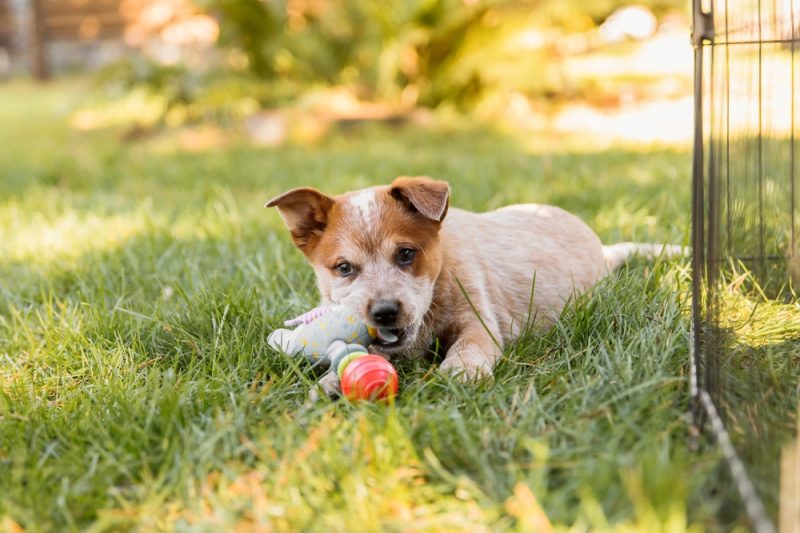

Top 3 Unique Facts About the Red Heeler
1. They Have Dense Coats
Red Heelers have thick, dense coats to help protect their bodies from harsh elements while herding livestock long distances, no matter what the weather outside happens to be like at the time. Their coats are also short, so while they do shed throughout the year, shedding is considered moderate by most owners.
2. They’re Born With White Coats
At birth, the Red Heeler has a completely white coat, and they typically develop their red or blue coloring by the time that they are 6 weeks old. Basically, the white coloring always stays there, but it gets camouflaged by the darker coloring as it develops.
3. An Australian Cattle Dog Used to Be a World Record Holder
Until recently, an Australian Cattle Dog named Bluey held the Guinness World Record as the oldest dog ever, as he lived to be 29 years and 5 months old!

Does the Red Heeler Make a Good Pet?
The Red Heeler, or Australian Cattle Dog, can make a good pet for some families and households but not all. They need a place to run around and expel energy during the day, so a home with a fenced yard is ideal. They can be a bit rough with children and are even known for nipping at kids when they run by due to their herding instincts.
However, they can be trained to get along with older children in the household who can maintain control of their interactions. They also are not always good with other animals, so they may or may not get along with any pets that are already living in a household.

Conclusion
The Red Heeler is a hardy dog breed that was bred to have a job and loves every minute of the work that they’re charged with. This type of dog isn’t for everyone, though, as they are highly energetic and require plenty of opportunities to blow off steam. They do best on farms and ranches but can do well in active family situations too.
Featured Image Credit: Tanya Consaul Photography, Shutterstock



